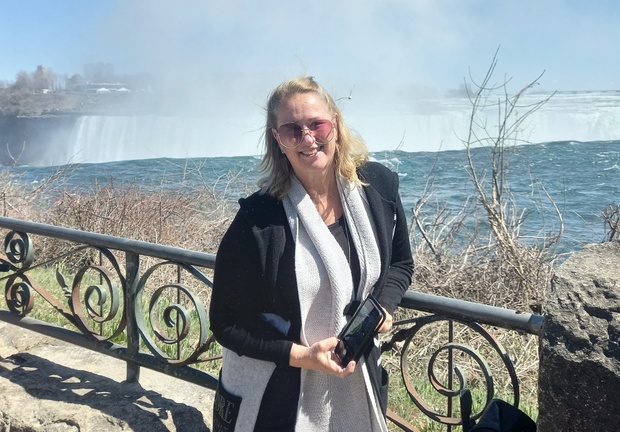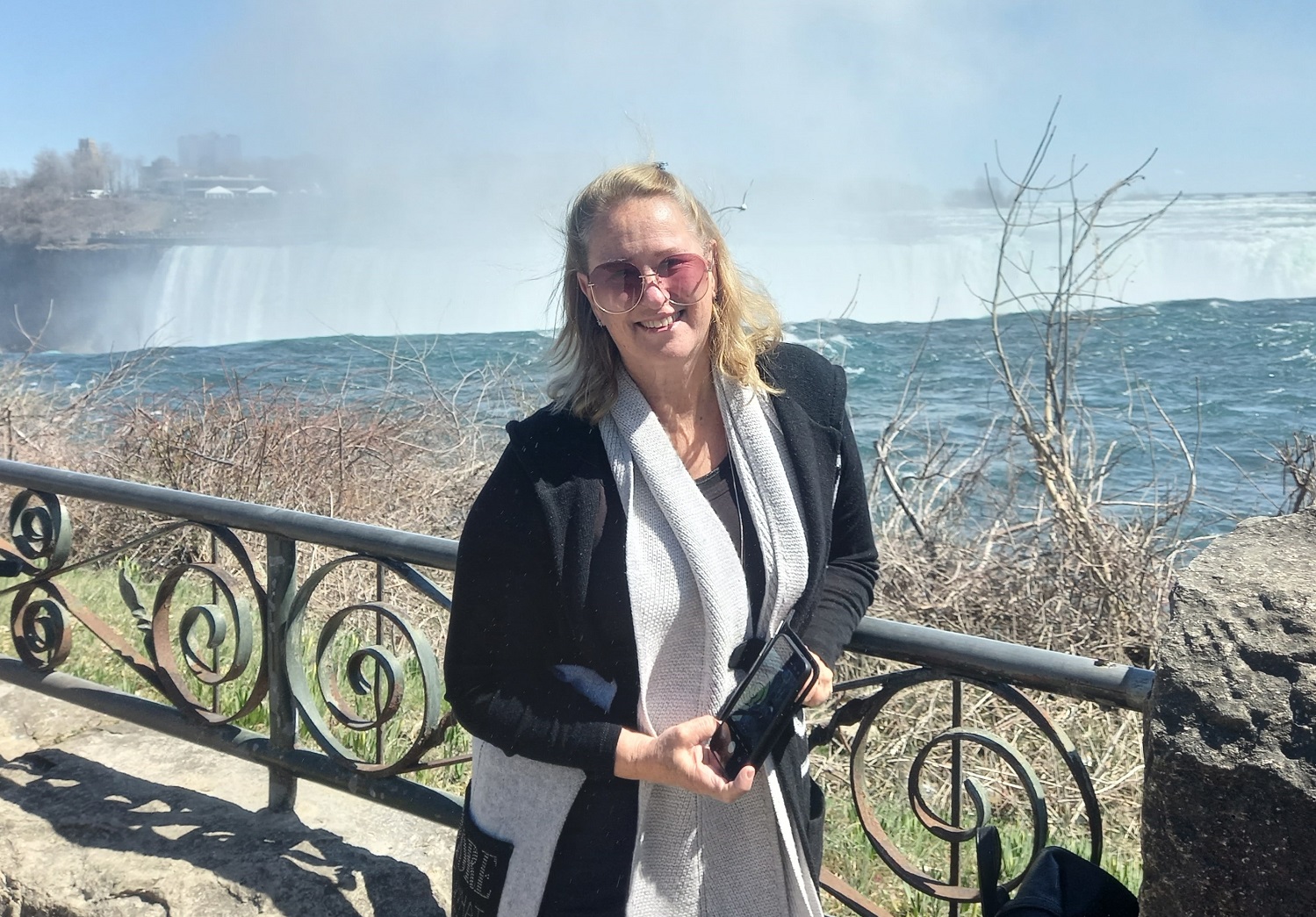As principal of Flanshaw Road School, catering to primary students in West Auckland, Taylor-Patel was keen to seize a rare opportunity to experience school leadership in another setting.
“NZPF created this opportunity to go on an exchange program,” she says.
“Canada’s principals do quite regular exchanges with a few different countries.
“We haven’t, in New Zealand, had that opportunity in a systemic way, so it was really important to support this new initiative.
“And having worked with educators in Canada before, I was keen to go back with a slightly different focus from previous visits.”
Taylor-Patel jetted off in Term 1 for a two-week stay beginning in Scarborough, Ontario, at Elizabeth Simcoe Junior Public School.
Being an elementary school similar in size to her own school, it proved an interesting comparison for Taylor-Patel.
“The teaching and learning at Elizabeth Simcoe Elementary school was very good,” she says.
“Students were fun to interact with and while we learned more about Canada, they enjoyed learning about New Zealand.”
One key difference the principal noticed however, was the seemingly meagre leadership resources, when compared with New Zealand.
“My school has a principal who’s fully released, a deputy principal fully released, and then we have seven senior leaders, four of whom get release one day a week and three who get regular release for leadership work within and across schools.
“In Canada in a similar sized school, there’s the walking principal and two senior leaders who are teaching full-time in classrooms.
“So that’s quite a big difference,” she says.
Taylor-Patel noticed a similar gap in support staff. So while Flanshaw Road School has eight learning support staff working in a variety of fulltime and part time positions, Elizabeth Simcoe has one. The school has one office administration role compared with Taylor-Patel’s three.
“In Ontario, that one person is doing reception, accounts, administration, and is a PA to the principal,” she says.
“The principal is also the only one there to field inquiries of parents, [and deal with] the paperwork for all the things that need doing with learning support, property, professional development, etcetera.
“So support felt very lean in the leadership space.”
And, just like school leaders in New Zealand are grappling with a teacher shortage, so too are their Canadian counterparts.
“There’s not enough relievers in the Toronto District, so at the moment, principals are having to relieve in classes so that teachers get their release time,” Taylor-Patel says.
“Principals end up teaching in classrooms, and so they don’t even get to that load of admin that sits unattended until after three o’clock.
“We’re also running into the same problem here, but it’s happened more slowly, it’s not quite as stark.”
From her experience in two different systems at opposite ends of the world, Taylor-Patel says the lack of professional mana for teachers is a global issue.
“It’s not a prestigious enough position, it’s not valued enough by society,” she says.
Taylor-Patel laments that this is reflected in pay scales, which are truncated.
“Teachers are not paid enough when they enter the system and the ceiling for how much can be earned through a career is too low,” she says.
Another part of the problem, the principal says, is education seems to be a constant political football.
“Every time you have an election, people are running down the current system, because they’ve got something that’s going to be better.
“And so you get this narrative, a common story about education being in crisis that is not necessarily the true story, but rather a common narrative is created that suits political agendas.”
After spending the first week with her exchange principal Ruth Coulter in Ontario in Canada’s east, Taylor-Patel flew across the country to Vancouver on the west coast to look at an environmental education program run by a school there.
“In some parts of Canada, Education Boards have created specialist schools. For instance, parents can choose for their children to be part of an ‘education outside the classroom’ school.
“In one school I visited there were four classes that were in the school for two-and-a-half days a week in classrooms, and then for two-and-a-half days a week they were somewhere else doing their lessons.
“They might be at a local park, or at an environmental outdoor education place,” Taylor-Patel explains.
Parents are expected to get their children to wherever the lesson is, and pick them up, even if it is 50 kilometres away kayaking in a river.
“That was an interesting variation on the state curriculum delivery in a state-run school,” Taylor-Patel says.
After experiencing education in a country more than seven times the size of her own, it is fair to say the school leader returned home somewhat grateful for New Zealand’s small size.
“The Toronto District Board is huge,” she says.
“They manage about 600 schools in a city of about five million people, which equates to a quarter of all the schools in New Zealand.
“At the school level, it felt like every system they have was a big system, with big cogs, a lot of bureaucracy and not much opportunity to change anything about the way that the thing is structured, or how support for schools might be improved.”
Principals in New Zealand have a lot more local autonomy and that makes a difference, Taylor-Patel says.
“And certainly, it felt like we have more resources for senior leadership development and resources for learning support."
Happy to be back at the helm of Flanshaw Road School, Taylor-Patel is grateful for her exchange experience, and the professional relationship she has built with her Canadian counterpart, principal Coulter.
“Because you stay with your host principal, you get to know them more than you would if you were meeting them in the course of a meeting or a day or a conference.
And, she says, it’s a real bonus when you are connected with people that you really do gel with.
“We were surprised at how many aspects of the job were similar, but the constraints of our jobs were different as well, because of how our systems are set up.
“What we did have in common was our leadership pedagogy and the international researchers that had influenced us both, as teachers and as leaders.”
Taylor-Patel has since hosted Coulter in her home and school, and the pair keeps in regular touch.
“It was great opportunity for people to hear about and understand the power of across country learning, but also the power of networking across country,” she says.
“Both countries have a similar colonisation history and there was a lot of discussion on both trips about ‘cultural pedagogy’ and the New Zealand initiative to develop a New Zealand Histories Curriculum, underpinned by a Canadian curriculum framework.
“Here in New Zealand, the work being done to revitalise Te Reo Māori is significant, as is the intent to ensure all students know the local Māori history of their area. We talked a lot about what this could look like in the Canadian context.”
Moving forward, the principals have already discussed catching up at least every two years at various international conferences.














